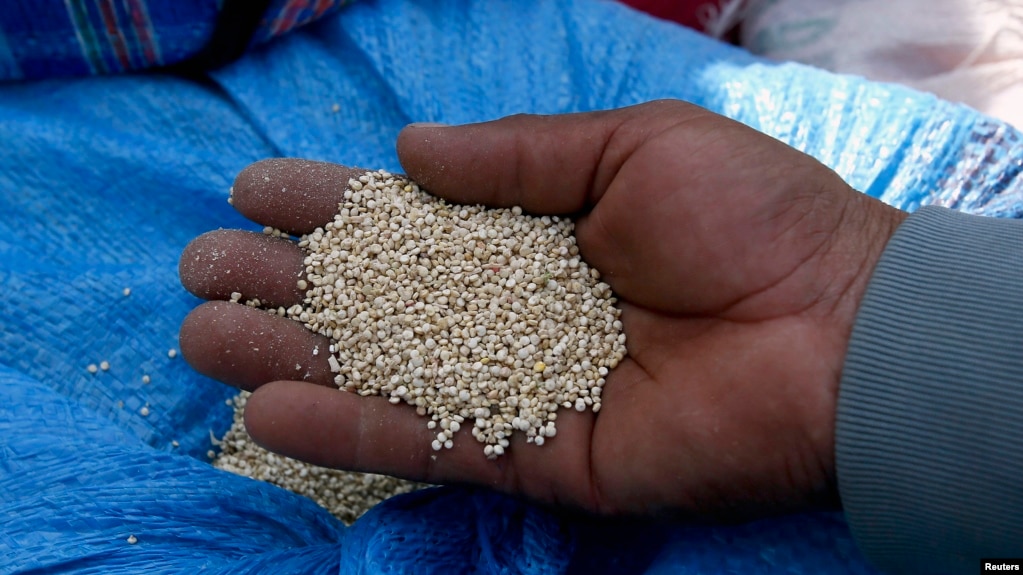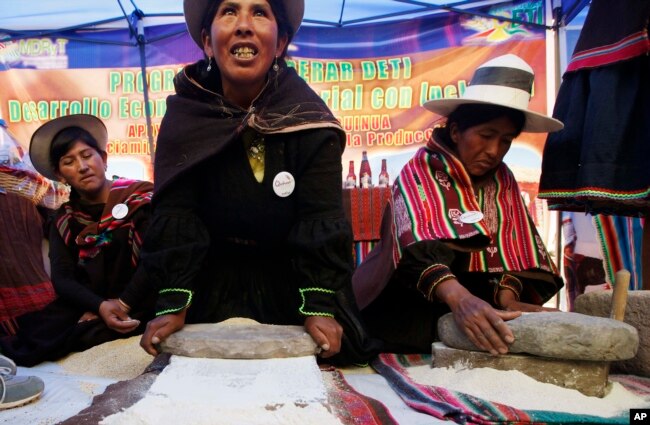NoEconomist
Member
Ok so my lady is making me go to this Vegetarian dinner tonight. 
So far I have Quinoa with Diced Red Onion, apples, Pecans, Mint, Cilantro and lemon juice....I think it needs something else..

So far I have Quinoa with Diced Red Onion, apples, Pecans, Mint, Cilantro and lemon juice....I think it needs something else..




